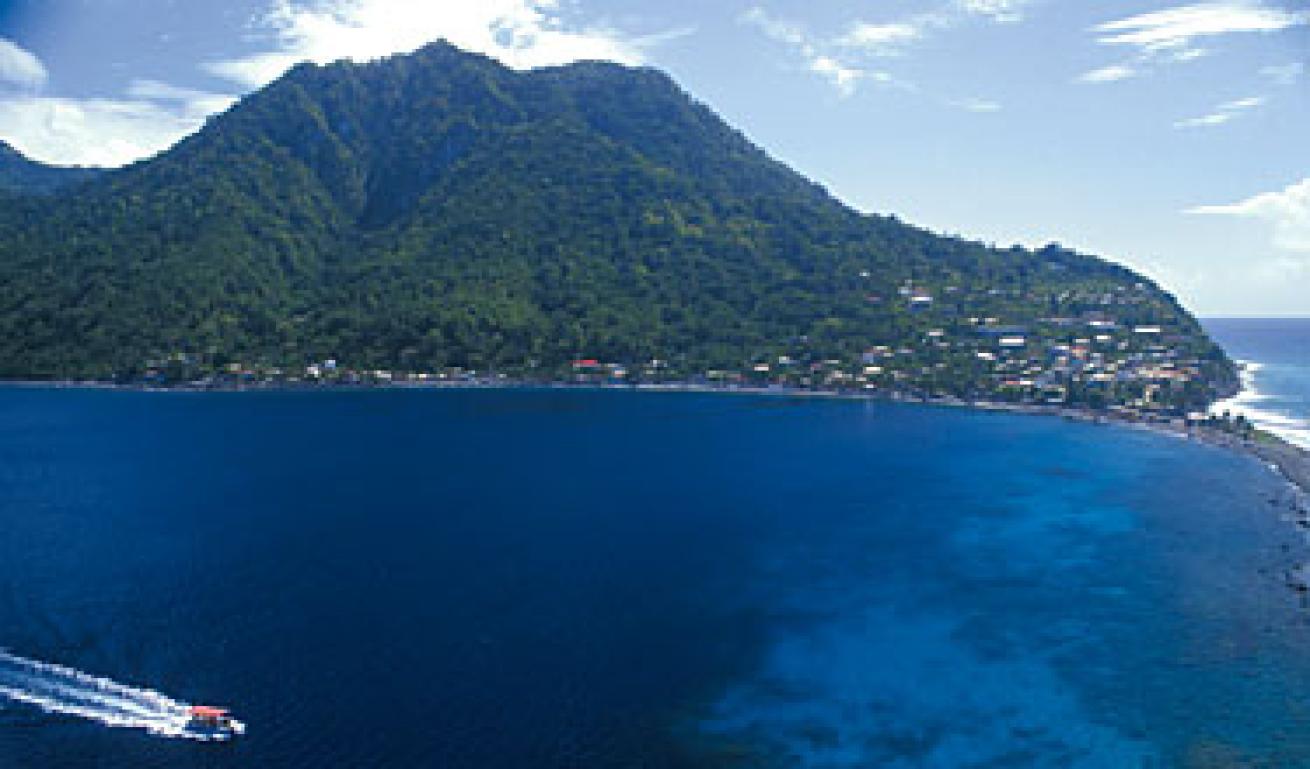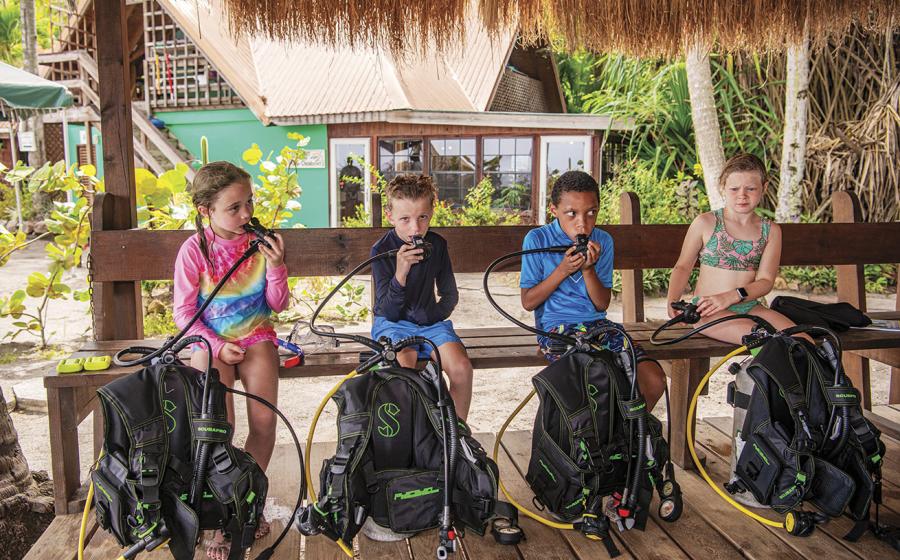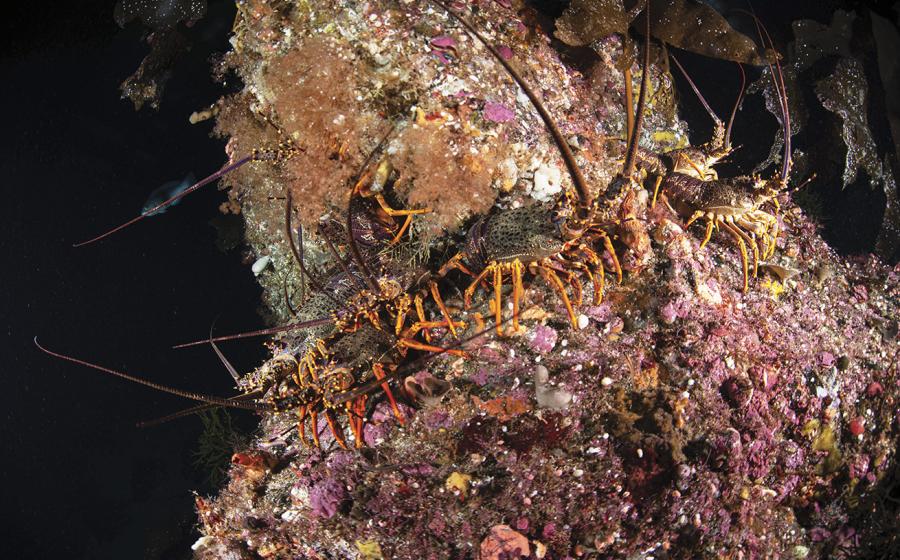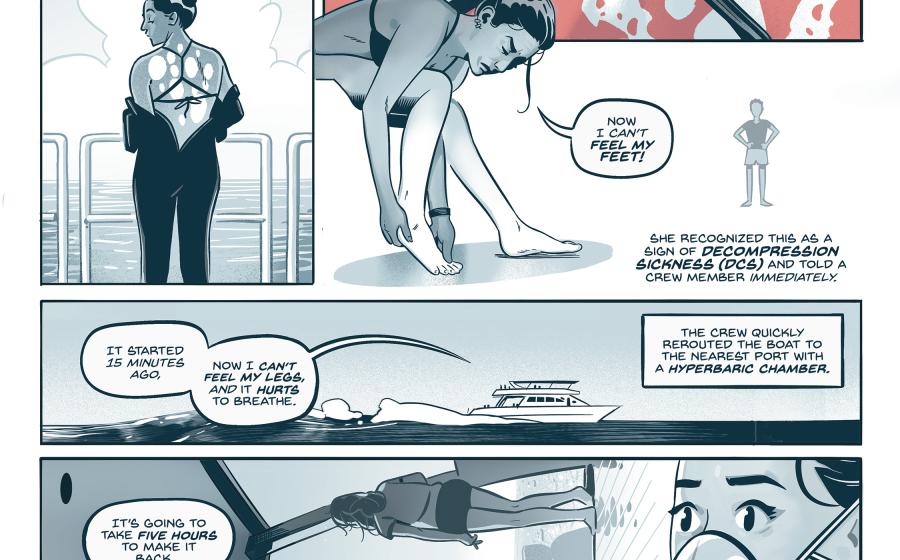Dominica

Often called the Caribbean's "nature island," Dominica fits the bill above water with rain forests and waterfalls and under water with a submerged volcano and migrating whales. Most diving on Dominica takes place off the island's southwestern corner between Roseau and Scott's Head, the lip of the volcano. This produces a varied underwater topography, from the bubbling volcanic vents at Champagne to the walls near Soufriere. Don't miss the diving off the island's mid region or its northwest coast. The mid-coast offers macro dives, with opportunities to find seahorses and batfish. The northwest's bottomography is similar to the southwest's, but there's also an interesting dive at the Cabrits Cruise Ship Pier. Whale-watching tours have become very popular on the island, and most operators have gotten quite good at finding humpbacks and other species.
Dive In
Weather: Daytime temps average between 75 and 90 degrees. Ocean breezes mitigate the tropical heat, and temperatures in the mountains can be appreciably lower. Expect the lowest temps from November to February. The rainy season is from July to October.
Average Water Temp: Water temperatures range from 78 degrees in winter to 83 degrees in summer.
Average Visibility: Visibility ranges from 60 feet to more than 100 feet.
Currency: Eastern Caribbean dollar (EC$); the exchange rate at banks is about EC$2.67 to US$1. U.S. dollars are widely accepted.
Time: Atlantic Standard; Dominica does not observe daylight saving time.
Direct Dial Code: 011-767.
Language: English is the official language, but a French and English creole (Kweyol) is the preferred conversational language.
Electricity: 220/240 volts, 50 cycles. It's a good idea to pack your own adapter.
Entry Documents: A passport is required, plus a return or ongoing ticket.
Departure Tax: $30.
For More info: Dominica Tourism Office, www.discoverdominica.com.

Often called the Caribbean's "nature island," Dominica fits the bill above water with rain forests and waterfalls and under water with a submerged volcano and migrating whales. Most diving on Dominica takes place off the island's southwestern corner between Roseau and Scott's Head, the lip of the volcano. This produces a varied underwater topography, from the bubbling volcanic vents at Champagne to the walls near Soufriere. Don't miss the diving off the island's mid region or its northwest coast. The mid-coast offers macro dives, with opportunities to find seahorses and batfish. The northwest's bottomography is similar to the southwest's, but there's also an interesting dive at the Cabrits Cruise Ship Pier. Whale-watching tours have become very popular on the island, and most operators have gotten quite good at finding humpbacks and other species.
Dive In
Weather: Daytime temps average between 75 and 90 degrees. Ocean breezes mitigate the tropical heat, and temperatures in the mountains can be appreciably lower. Expect the lowest temps from November to February. The rainy season is from July to October.
Average Water Temp: Water temperatures range from 78 degrees in winter to 83 degrees in summer.
Average Visibility: Visibility ranges from 60 feet to more than 100 feet.
Currency: Eastern Caribbean dollar (EC$); the exchange rate at banks is about EC$2.67 to US$1. U.S. dollars are widely accepted.
Time: Atlantic Standard; Dominica does not observe daylight saving time.
Direct Dial Code: 011-767.
Language: English is the official language, but a French and English creole (Kweyol) is the preferred conversational language.
Electricity: 220/240 volts, 50 cycles. It's a good idea to pack your own adapter.
Entry Documents: A passport is required, plus a return or ongoing ticket.
Departure Tax: $30.
For More info: Dominica Tourism Office, www.discoverdominica.com.






